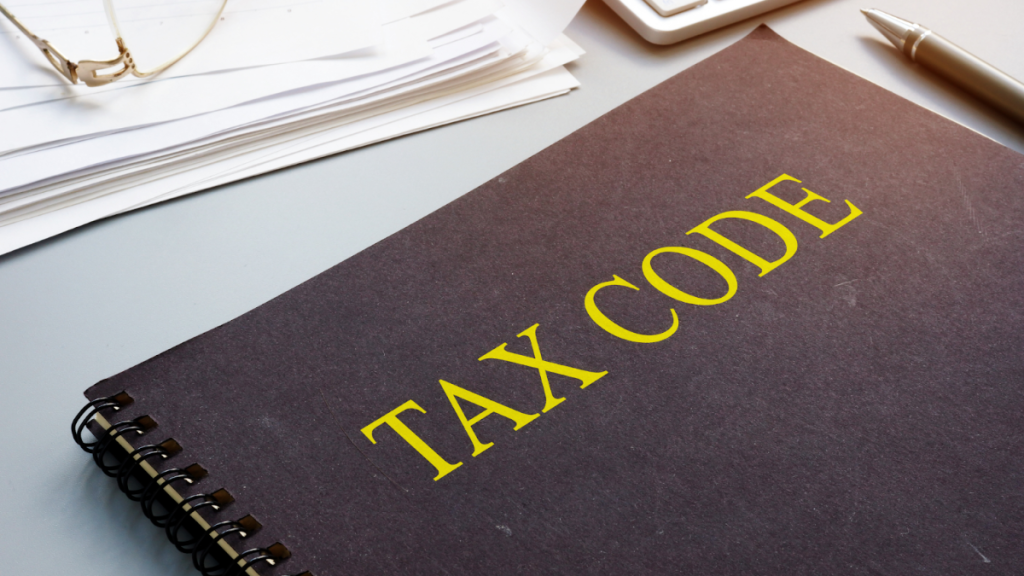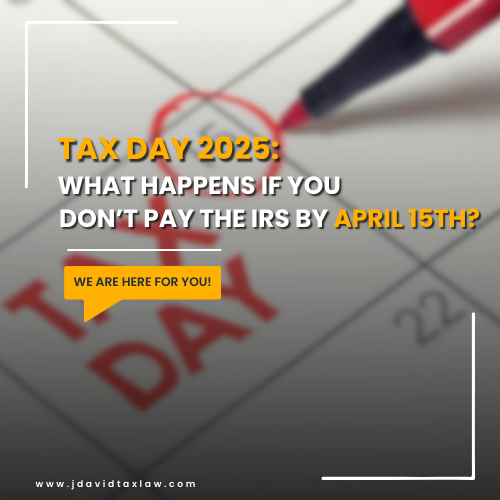The Power of Persuasion: How Skillful Negotiation Can Lead to Tax Debt Settlements
Tax debt—these words can cause significant stress for both individuals and businesses. When taxes remain unpaid, the consequences can range from financial penalties to more severe legal repercussions. It can affect the financial health and peace of mind of taxpayers.
For businesses, unresolved tax debts can impede daily operations. Also, it can eventually tarnish one’s reputation and even threaten its overall viability. Recognizing the severity of these impacts underscores the necessity of effective resolution strategies.
Negotiating with the IRS and other state tax authorities offers a pathway to settling these debts. It’s not just about reaching an agreement—it’s about crafting one that’s sustainable and favorable. Understanding and leveraging negotiation tactics can turn tax challenges into manageable solutions.
Through skilled negotiation, taxpayers can often reduce their liabilities, arrange manageable payment plans, or sometimes even waive penalties. This blog discusses the importance of mastering the art of negotiation with the help of J. David Tax Law. It can be a crucial tool for anyone facing tax debts, providing a lifeline to those feeling overwhelmed by their financial obligations.
What is A Tax Debt Settlement & What Are The Benefits?
Tax debt settlement involves negotiating with tax authorities to resolve outstanding tax liabilities. It is made under terms that are often more favorable than the original amount owed. Unlike other forms of debt resolution, tax debt settlement directly addresses the tax due. The specific aim of this process is to reduce the burden through:
lowering the total debt
waiving penalties
arranging payment plans
The following methods require approval from the tax authority to become legally binding. Additionally, tax debt settlement becomes a viable option under several conditions
High Debt Amounts: This is particularly considered when the amount owed is substantial. The taxpayer is unable to pay the full amount due to financial hardships.
Penalties and Interests: When penalties and interest form a significant portion of the tax debt, there is a possibility that these might be reduced through settlement.
Risk of Legal Action: Settlement might be sought to avoid more severe enforcement actions like liens or levies.
Demonstrable Hardship: If a taxpayer can demonstrate that paying the full amount would cause significant financial distress or hardship, tax authorities are more likely to consider a settlement.
The Role of Persuasion in Tax Debt Negotiation
Effective persuasion and clear communication are critical in tax debt negotiations. The ability to articulate a compelling argument that outlines the taxpayer’s financial situation, and the constraints they are facing, is crucial.
This involves not just logical reasoning but also the emotional intelligence to understand and respond to the tax authorities’ perspectives and concerns.
Key Persuasive Techniques in Tax Debt Settlement
Empathy: Demonstrating understanding of the tax authority’s need to collect taxes while explaining one’s financial limitations.
Evidence-Based Arguments: Using documents, financial statements, and other forms of evidence to substantiate claims of financial hardship or other reasons for inability to pay.
Fairness Appeal: Arguing for a settlement that is fair and reasonable under the circumstances, often supported by legal precedents or typical practices in similar cases.
Future Compliance: Assuring the tax authority of future compliance and willingness to cooperate can create a good impression. It can also encourage the willingness to negotiate on the part of the authority.
Professional Demeanor: Maintaining a respectful and professional demeanor throughout the process helps in building credibility. It can also provide a cooperative relationship with the tax authority.
These techniques emphasize the importance of preparation. It includes the understanding of legal rights and interpersonal skills in achieving successful negotiations.
Practical Steps to Prepare for Tax Debt Negotiation
When facing tax debt negotiations, a well-prepared approach is essential for reaching a favorable resolution. The preparation process encompasses several steps that equip you with the tools and knowledge necessary for effective negotiation.
Preparing for tax debt negotiation involves the following key steps:
Gather Necessary Documentation: Collect all relevant financial documents, such as tax returns, bank statements, pay stubs, and records of expenses. These will provide a clear picture of your financial situation and support your claims during the negotiation.
Understand Your Tax Profile: Review your tax assessments and understand where discrepancies or penalties may have arisen. Knowing the details of your tax profile, including any previous communications with tax authorities, helps anticipate potential challenges.
Start by clearly stating your situation, the reasons for your tax debt, and how you propose to resolve it. Be direct and factual, using your prepared documentation as support can also help your tax situation.
Moreover, you need to be ready to make concessions, such as agreeing to a partial upfront payment in exchange for penalty reductions. This will show your willingness to cooperate in the settlement of your unpaid taxes.
Tips on Setting Realistic Goals and Understanding Tax Authorities’ Perspective
Assess Your Financial Capability: Honestly evaluate what you can realistically afford to pay, both immediately and over time, to avoid proposing an unfeasible agreement.
Understand the Tax Authority’s Goals: Recognize that the tax authority’s primary objective is to collect taxes due. They are also interested in ensuring compliance and closing cases efficiently.
Set Achievable Objectives: Whether it’s reducing the total debt, waiving certain penalties, or securing a payment plan, your goals should be realistic and reflect your current financial capabilities.
Responding to counter-offers from the tax authority is a pivotal moment in the negotiation process. It requires careful evaluation to ensure that the proposed terms align with your financial abilities. Including the objectives you’ve set for the negotiation will also be considered.
Conclusion
Every step you take should be aimed at presenting:
clear
informed
persuasive case to the tax authorities.
Equally crucial is the ability to assess and respond to counter-offers. It ensures that they align with both your financial capabilities and negotiation goals. However, the intricacies of tax law and negotiation can be more than stressful, and it’s often beneficial to seek professional help.
Contacting a skilled tax attorney can provide significant advantages. For those facing tax issues, consulting with J. David Tax Law ensures that you have expert guidance backed by over forty years of collective IRS negotiation experience. The firm can help you through negotiations and secure the best tax debt resolution for you. Call (888) 342-9436 now to book your free consultation.
Your Tax Relief Questions, Answered
A common mistake is not verifying the exact amount owed before starting negotiations. This can lead to agreeing on a payment plan based on an incorrect debt total. Here are different payment plans that your tax lawyer can secure for you:
Installment Agreement: Allows taxpayers to pay their tax debt in smaller, more manageable amounts over time. This can be set up for short-term (paying in 120 days or less) or long-term (paying in more than 120 days).
Partial Payment Installment Agreement (PPIA): This is similar to a regular installment agreement. It allows taxpayers to make smaller monthly payments that may not fully pay off the total tax debt.
Offer in Compromise (OIC): This agreement allows taxpayers to settle their tax debt for less than the amount they owe. This can be availed if they can prove that paying the full amount would cause financial hardship.
Currently Not Collectible (CNC) Status: Under this arrangement, the IRS temporarily halts collection activities. It acknowledges that the taxpayer cannot afford to make payments. However, the interest and penalties can still accrue during this period.
Streamlined Installment Agreements: These are easier to obtain for smaller debt amounts and require less documentation than other plans. They generally allow taxpayers to pay off their debts for up to 72 months.
Graduated Installment Agreement: This plan starts with lower payments that gradually increase over time. It is based on the expectation that the taxpayer’s income will also increase.















